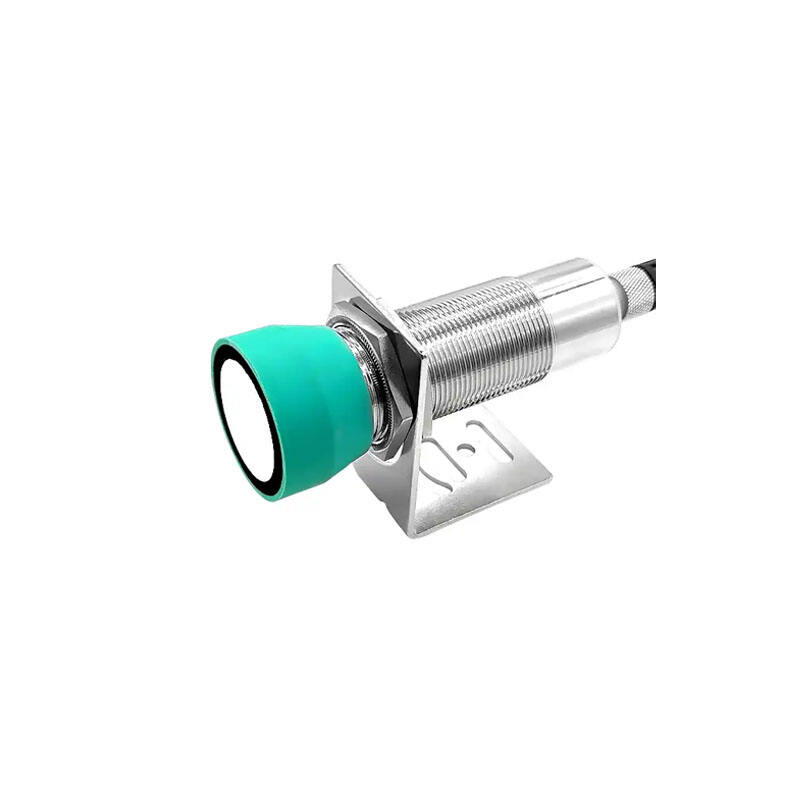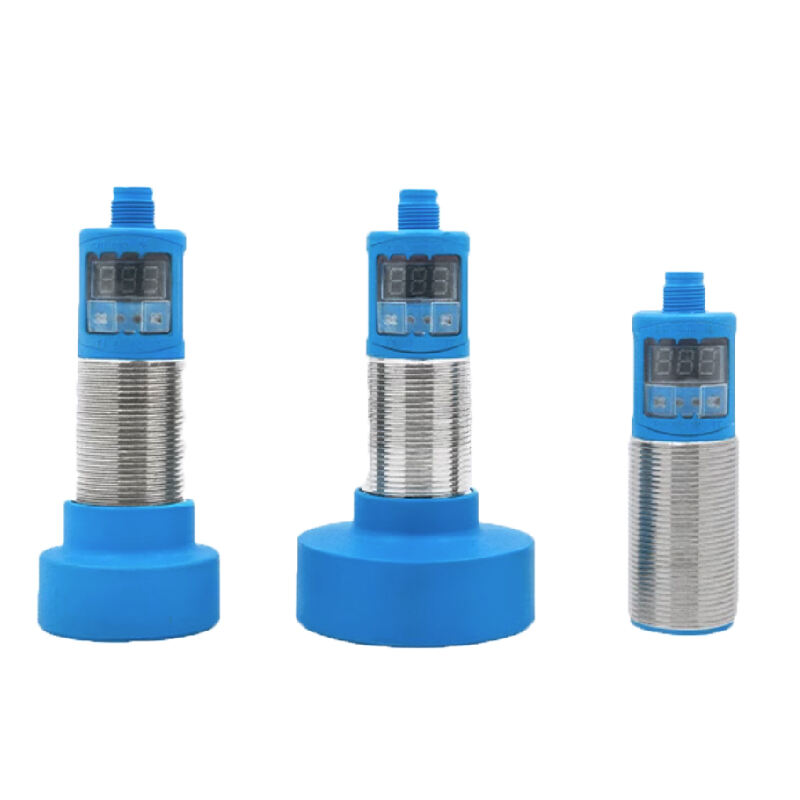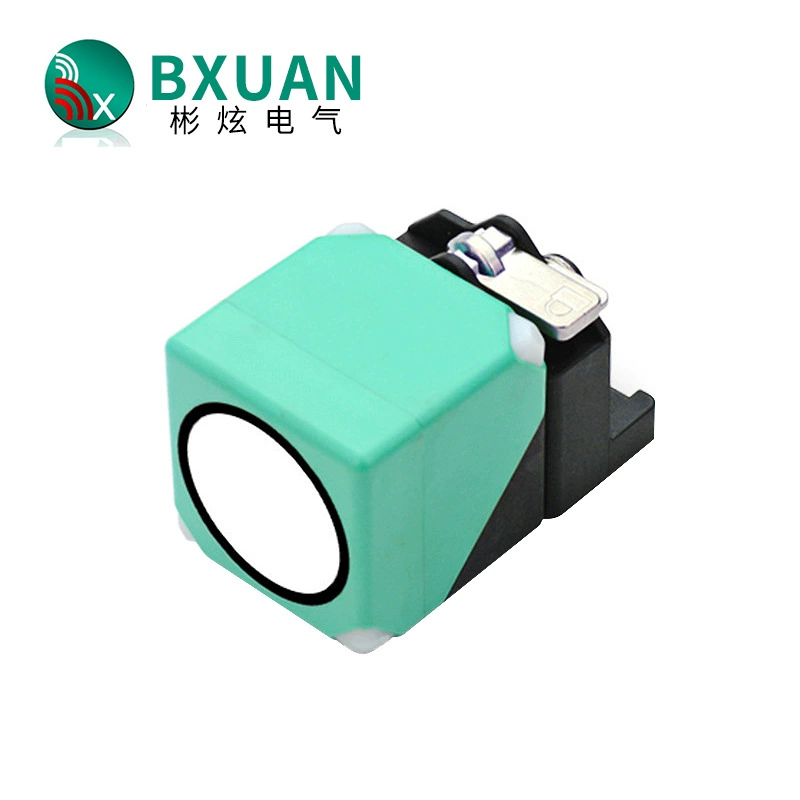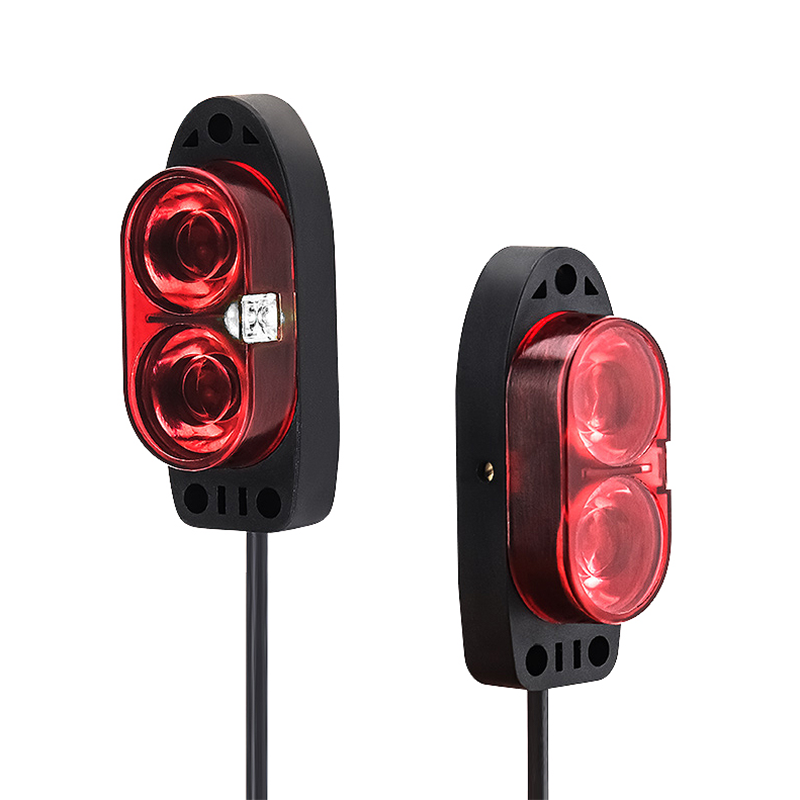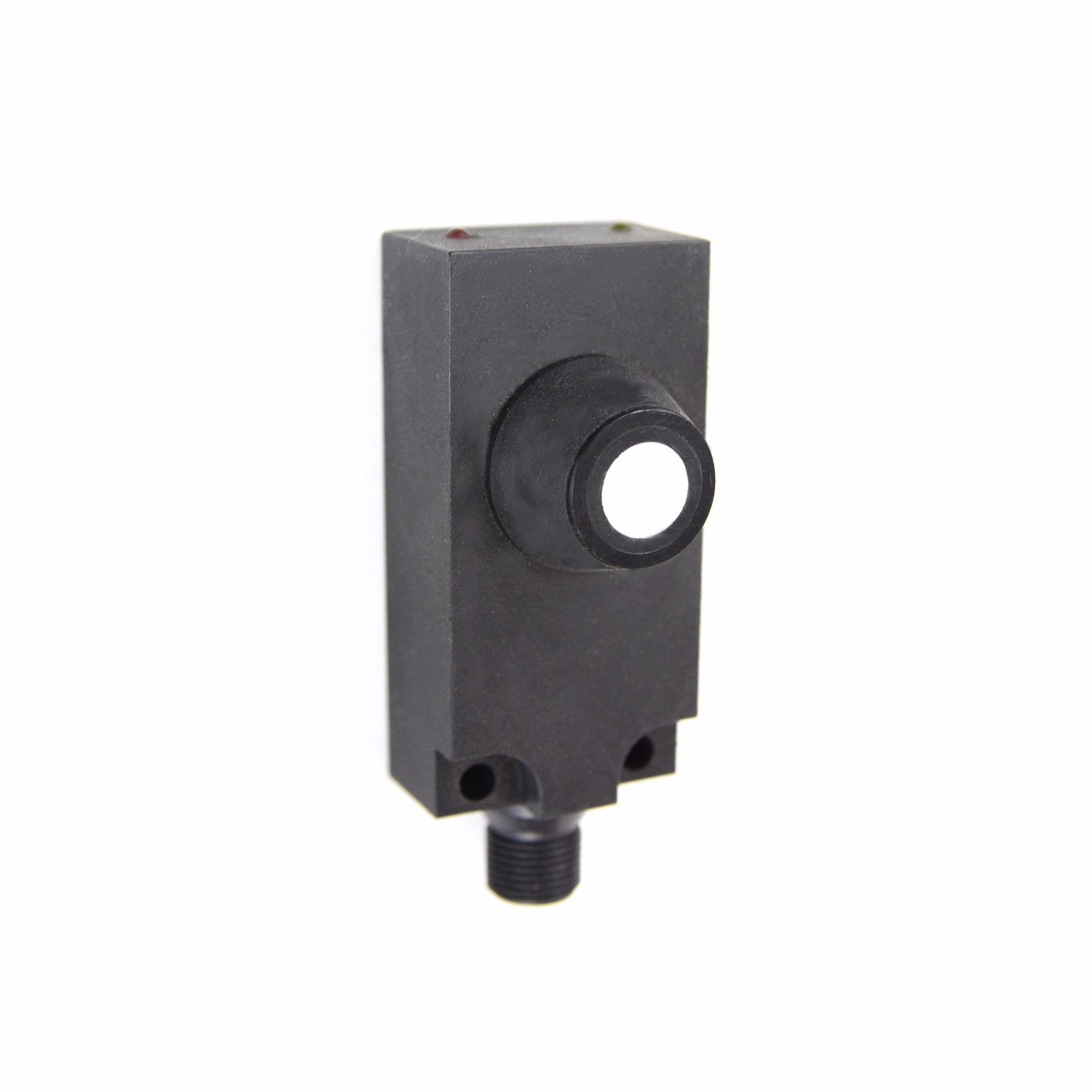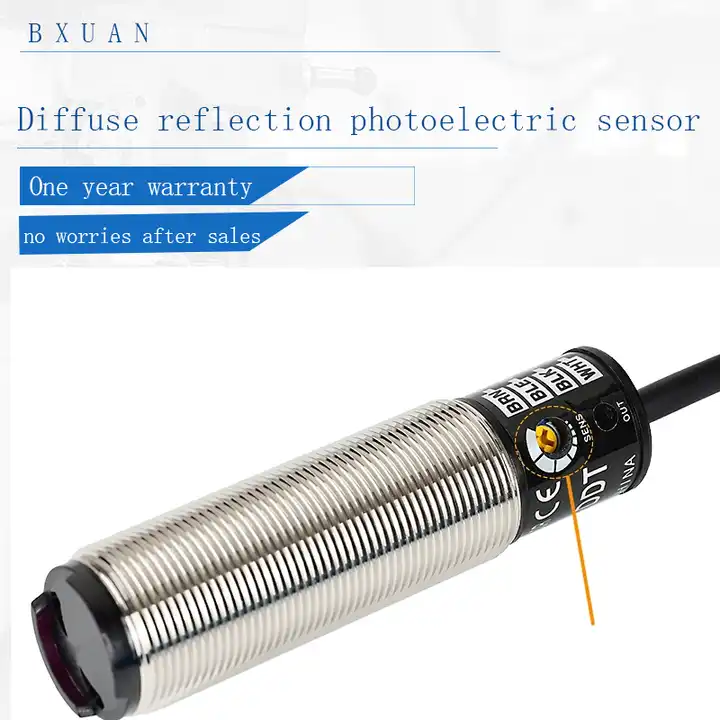level sensor in oil and gas industry
Level sensors in the oil and gas industry serve as critical instruments for monitoring and controlling fluid levels in tanks, vessels, and storage facilities. These sophisticated devices utilize various technologies, including ultrasonic, radar, capacitive, and magnetic float mechanisms, to provide accurate and reliable measurements of liquid levels in real-time. The primary function of these sensors is to maintain optimal operational efficiency by preventing overflow incidents, ensuring proper inventory management, and facilitating safe storage conditions. These sensors can withstand harsh environmental conditions, high pressures, and extreme temperatures common in oil and gas facilities. They offer continuous monitoring capabilities, providing both point level detection and continuous level measurement, which is essential for process control and automation. The technology enables remote monitoring through digital interfaces, allowing operators to access real-time data and receive instant alerts when levels deviate from predetermined parameters. In upstream operations, level sensors monitor drilling fluid levels and storage tanks. In midstream operations, they ensure proper levels in pipeline systems and storage facilities. In downstream operations, they maintain optimal levels in refineries and processing plants. The integration of advanced features such as self-diagnostic capabilities, explosion-proof designs, and compatibility with various communication protocols makes these sensors indispensable in modern oil and gas operations.

